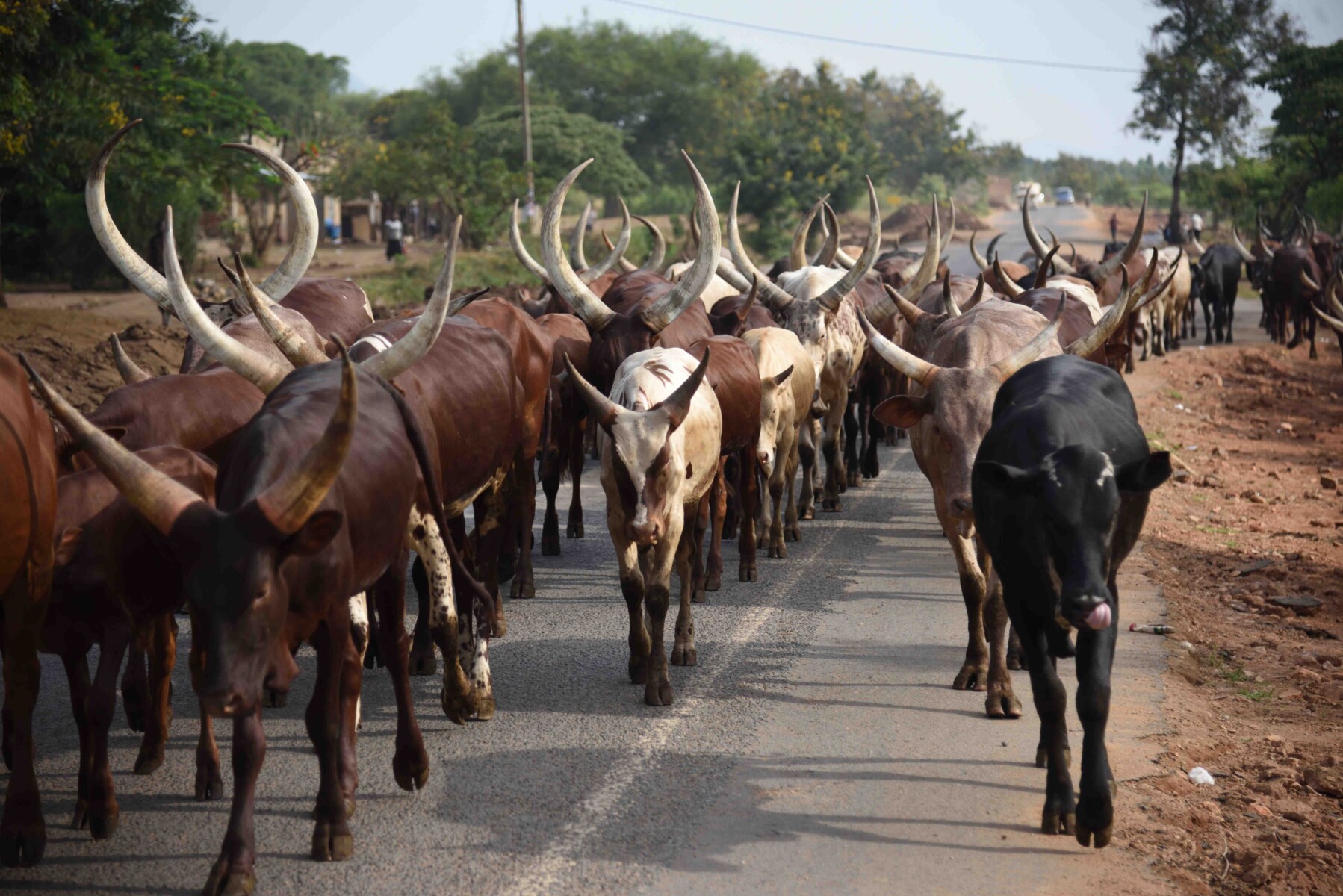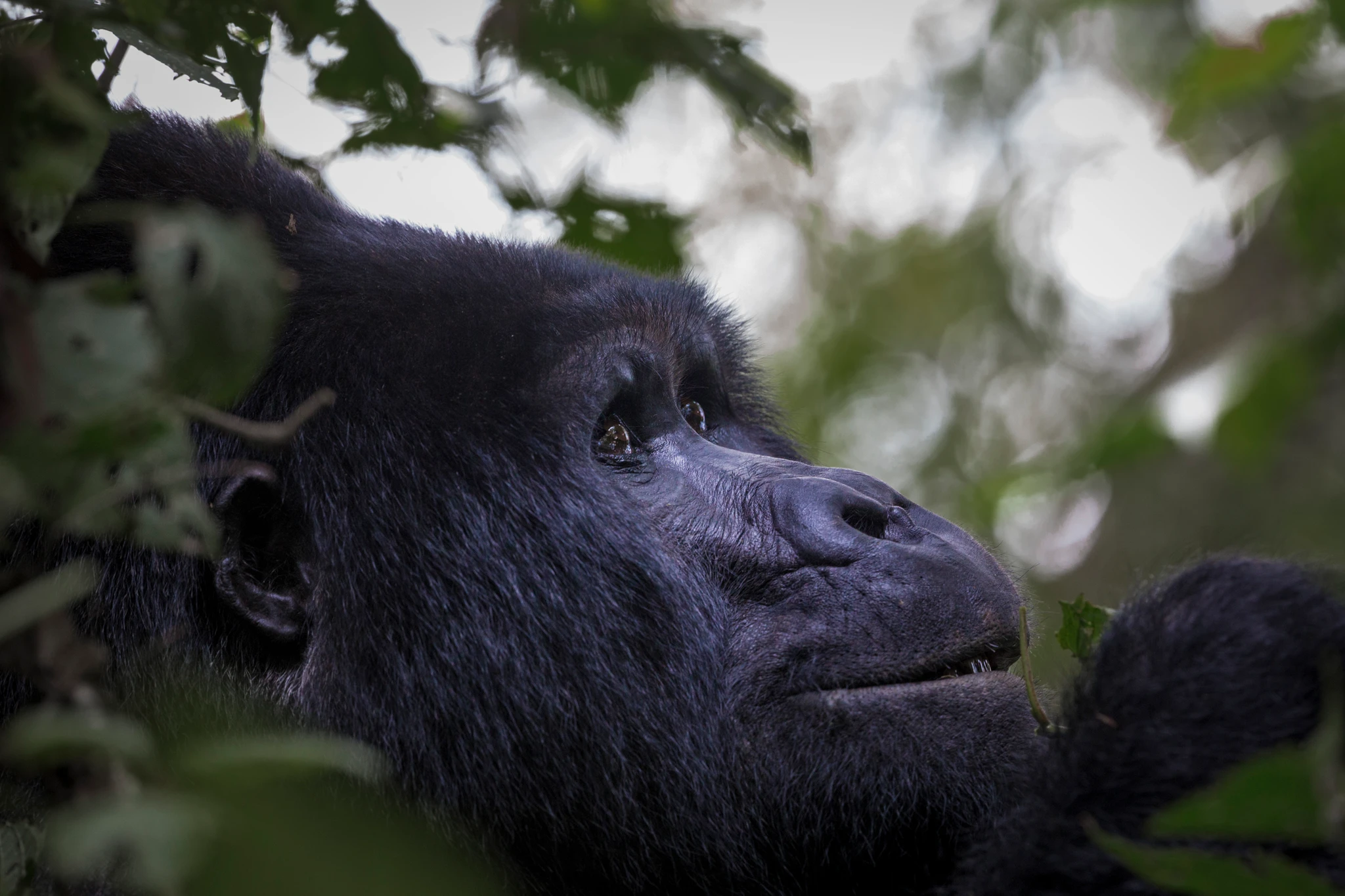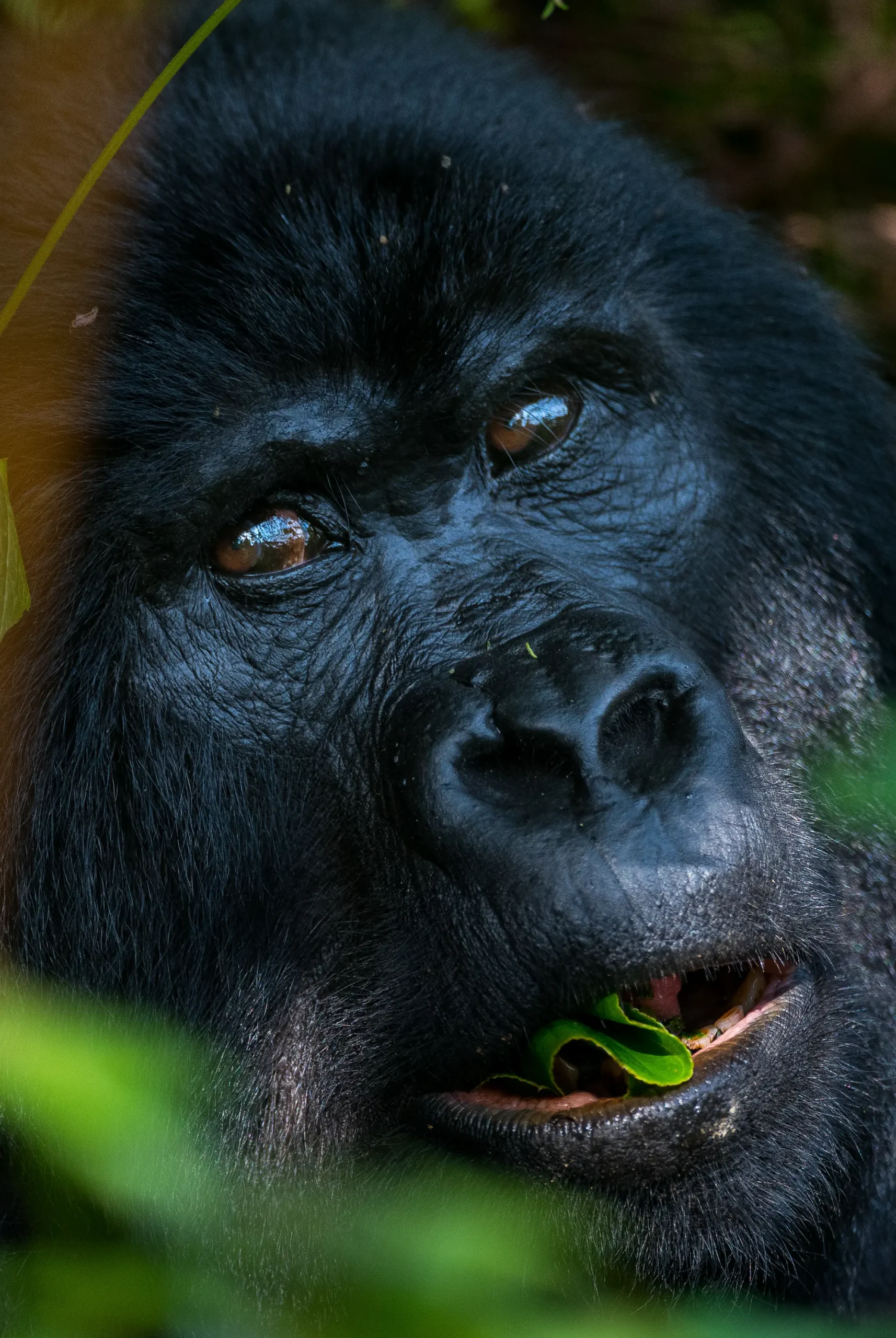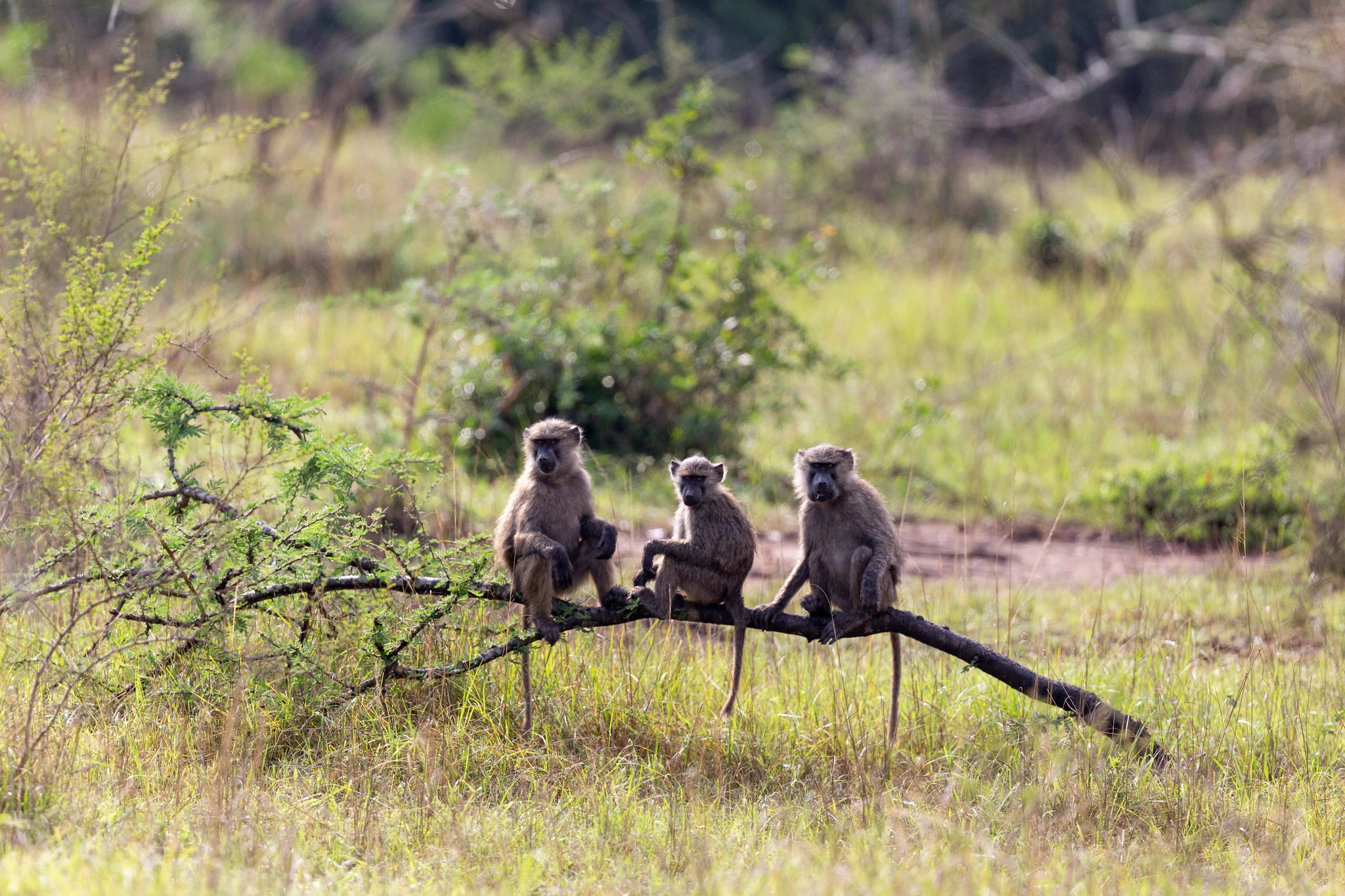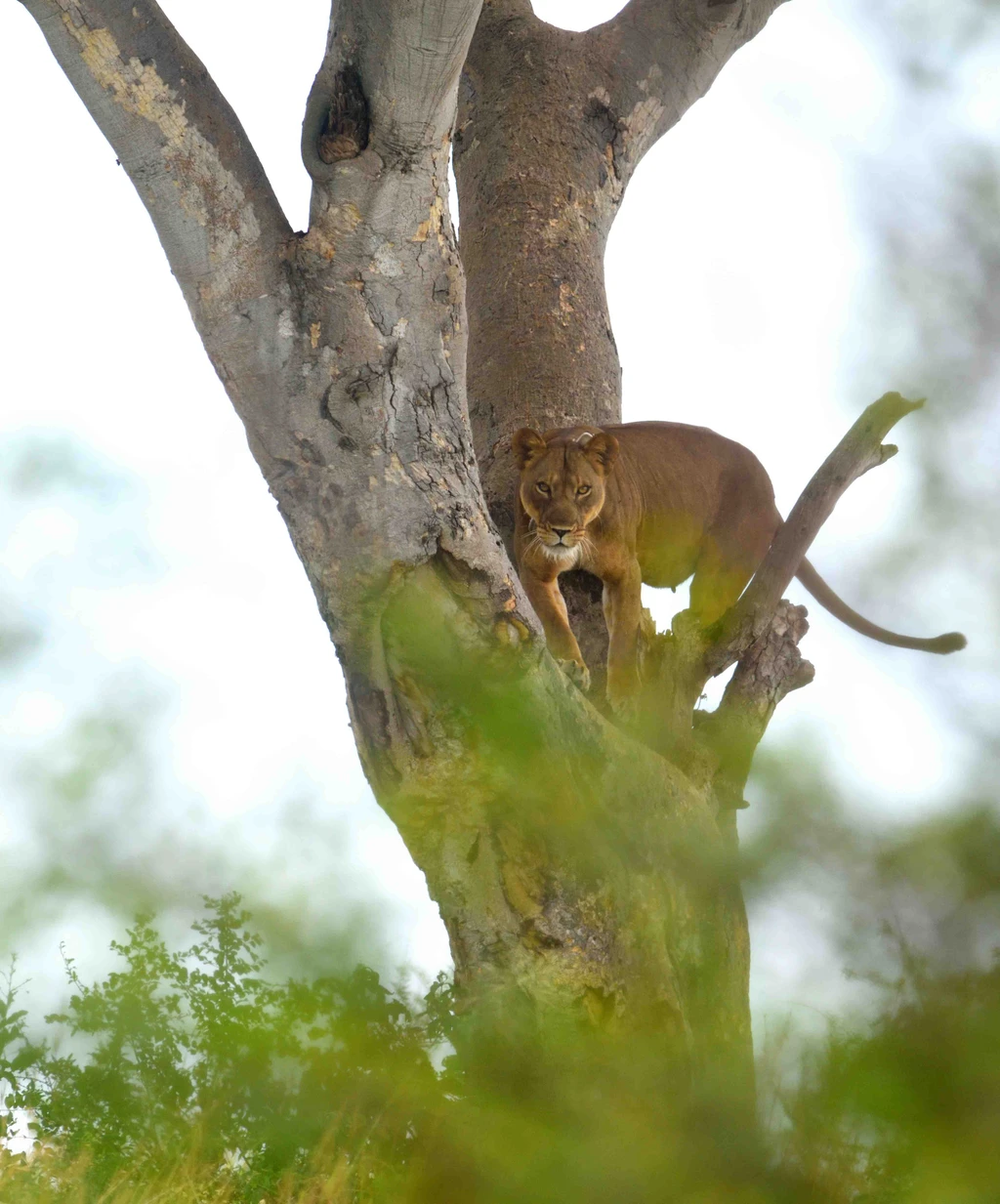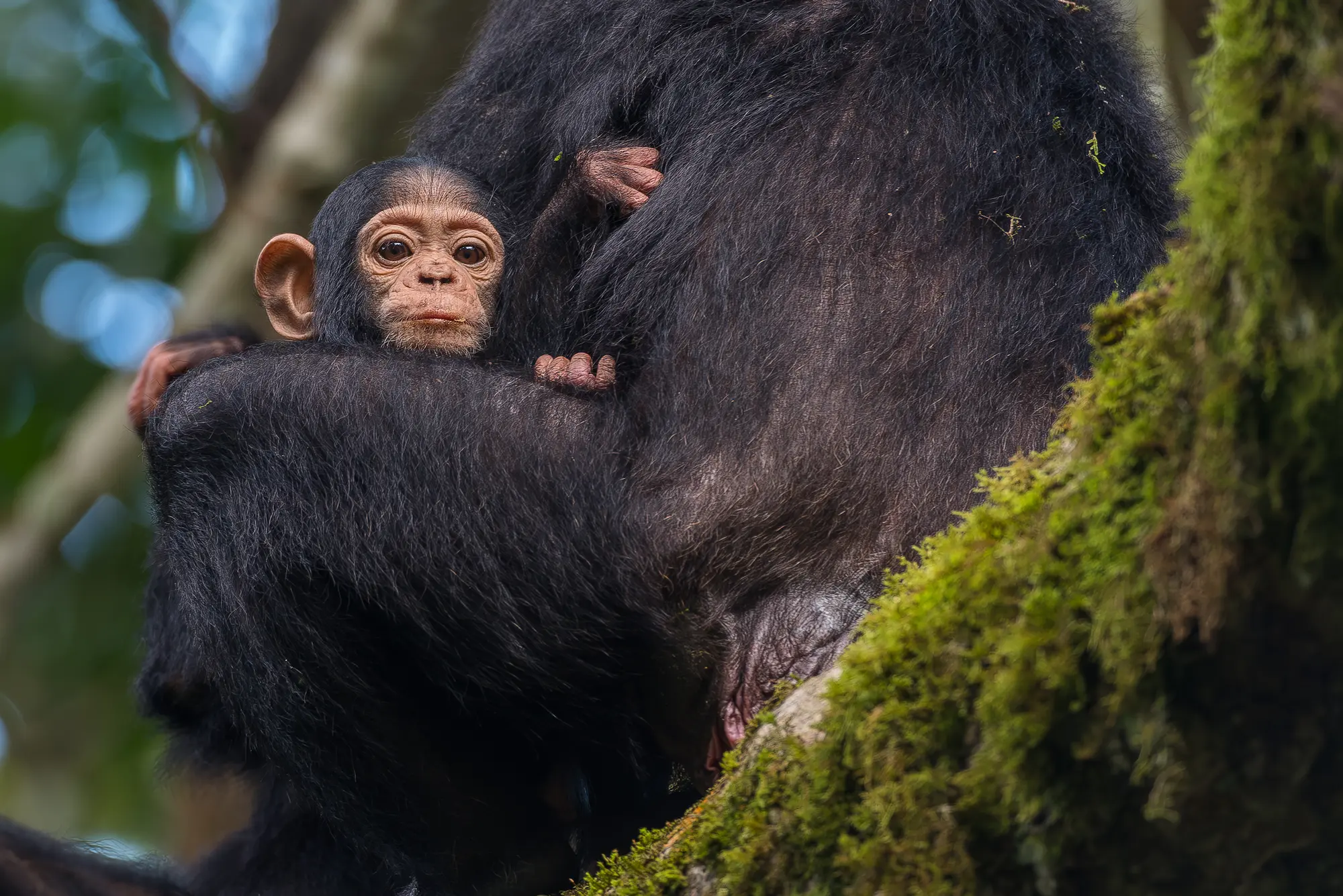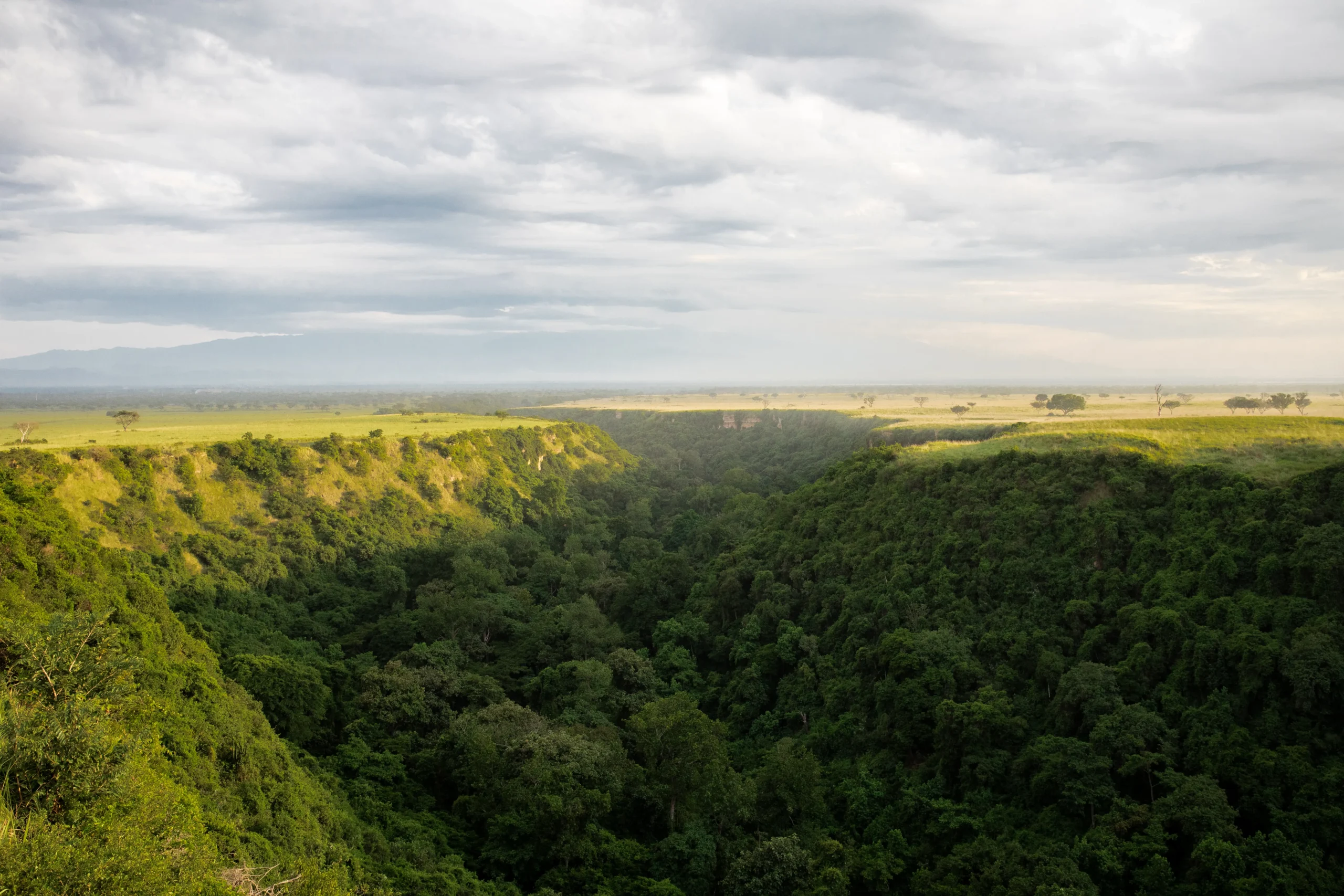
Akagera National Park is a national park of about 2,500 square kilometres, which means that it represents almost 10% of the total area of Rwanda.
After the 1994 genocide in Rwanda, Akagera was severely damaged and degraded as a result of the genocide. The conflict and hunting were harmful to the environment and diversity in the park.
In 2010, Afrikan Parks and the Rwanda Development Board (RDB) took over the reins and management of the park, and today we can say that the park has regained much of its splendour.
In addition to eliminating hunting, other conservation measures were taken for the sake of the rehabilitation of the park. The lion and the black and white rhino were introduced between 2015 and 2021, and in short, a solvent conservation policy has been carried out that has borne fruit, with a thriving wild population increasing today.
In addition to becoming one of the most recognized parks in Rwanda, in the purest wildlife sense, it is also a good source of income for the surrounding local communities, who benefit economically and socially from the activity that is generated, thus getting ecosystems and people to thrive hand in hand.

